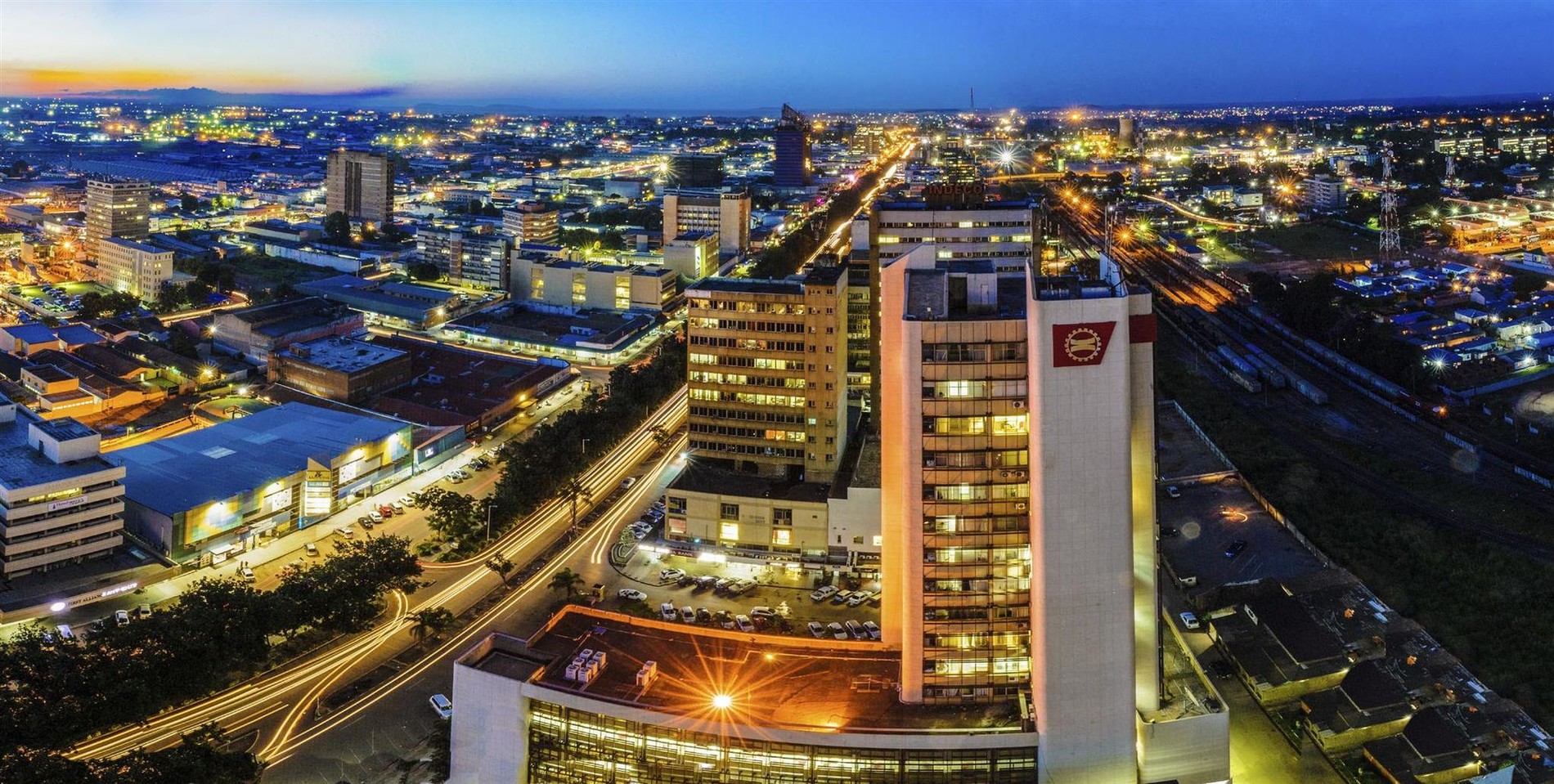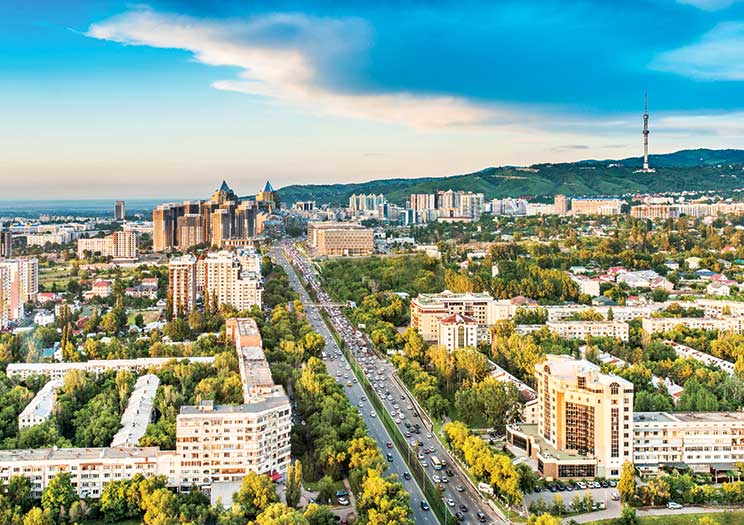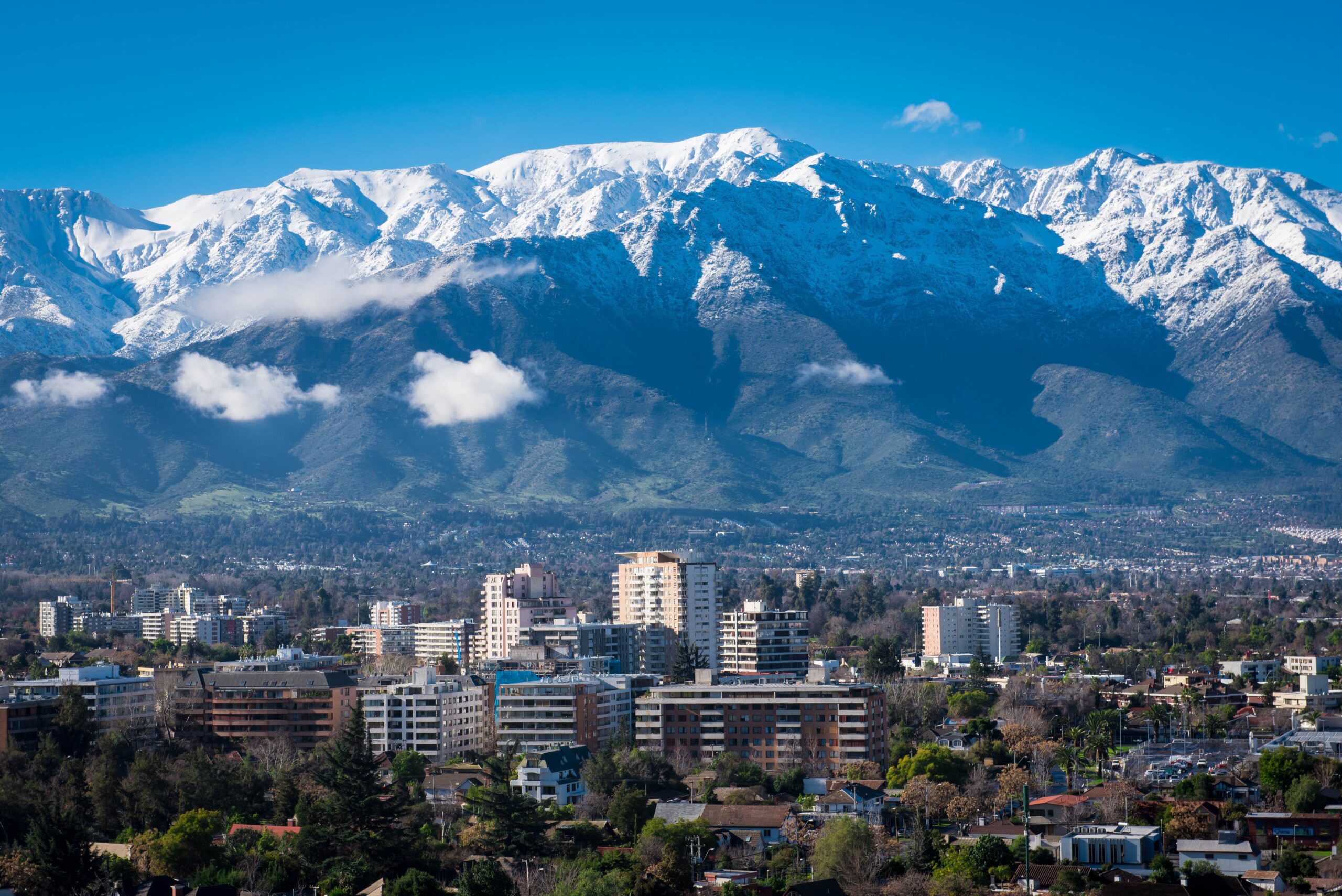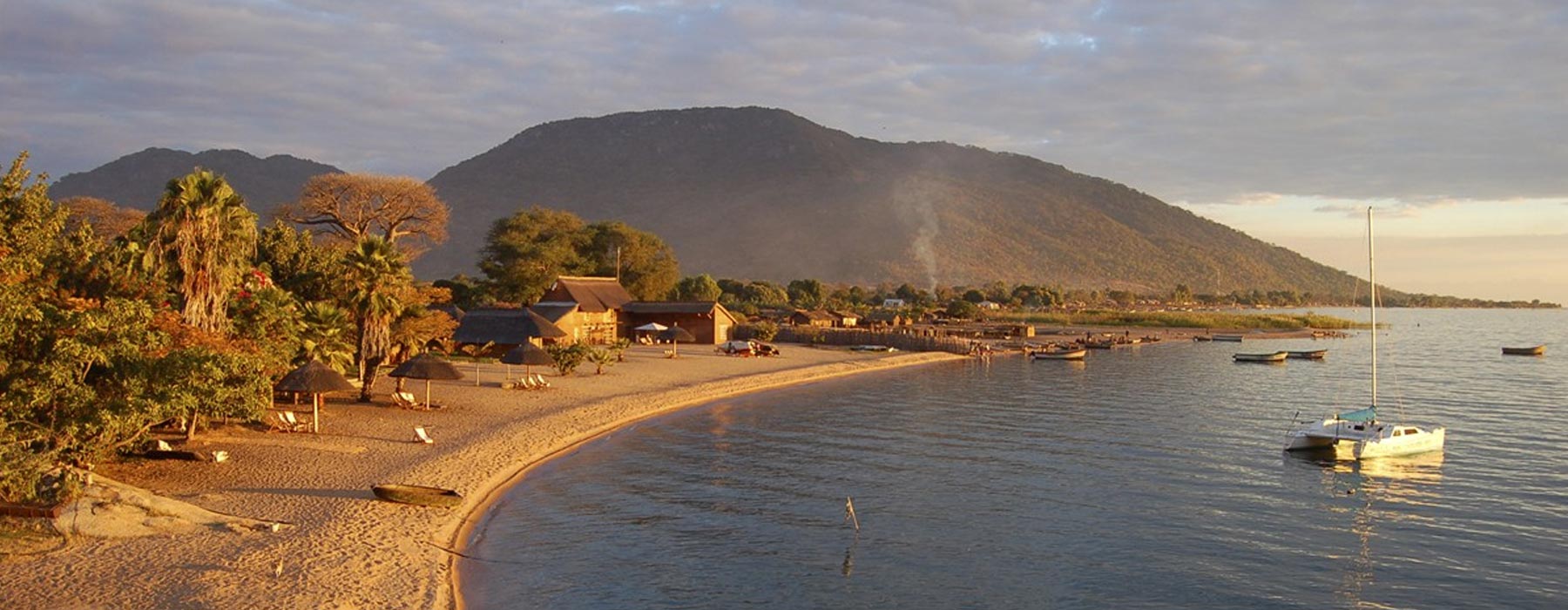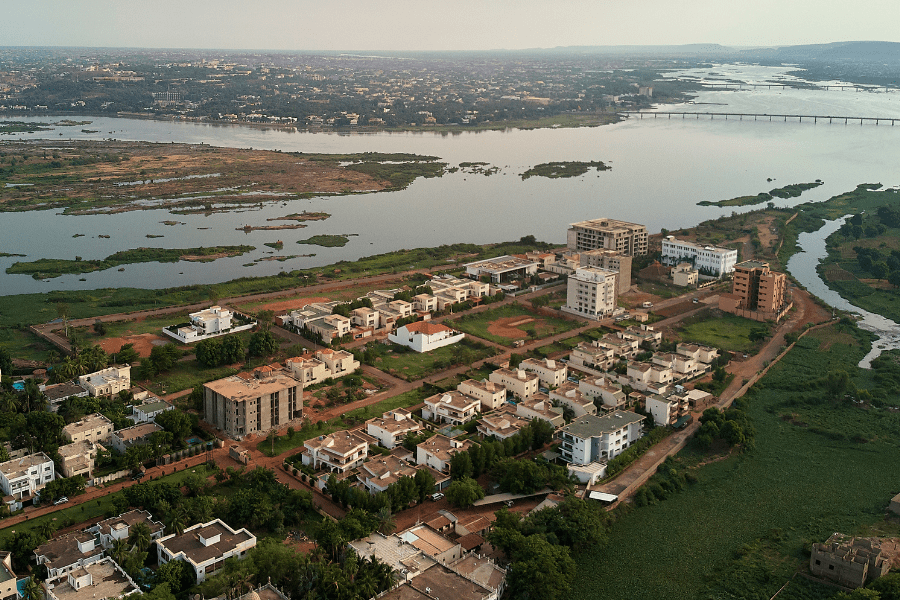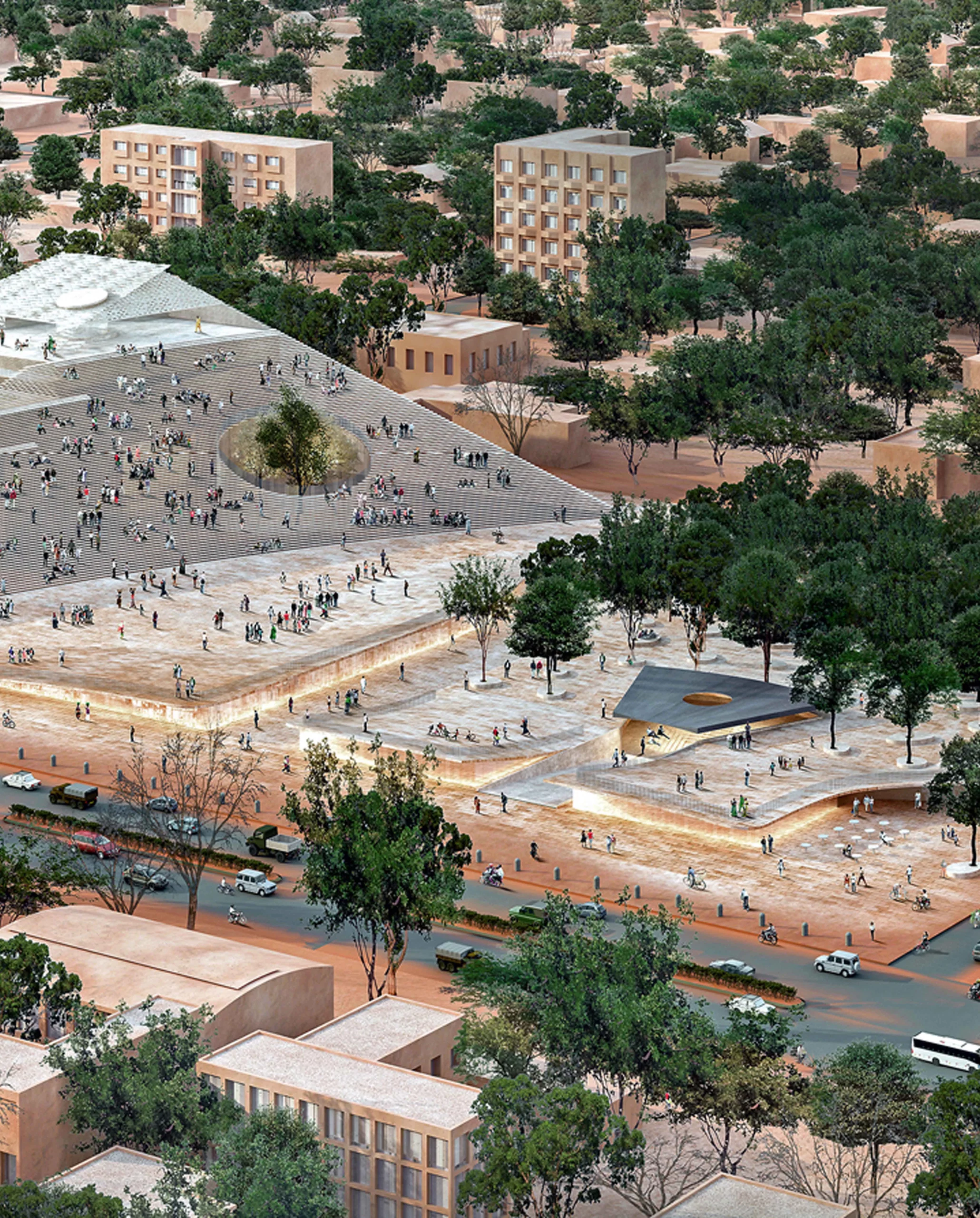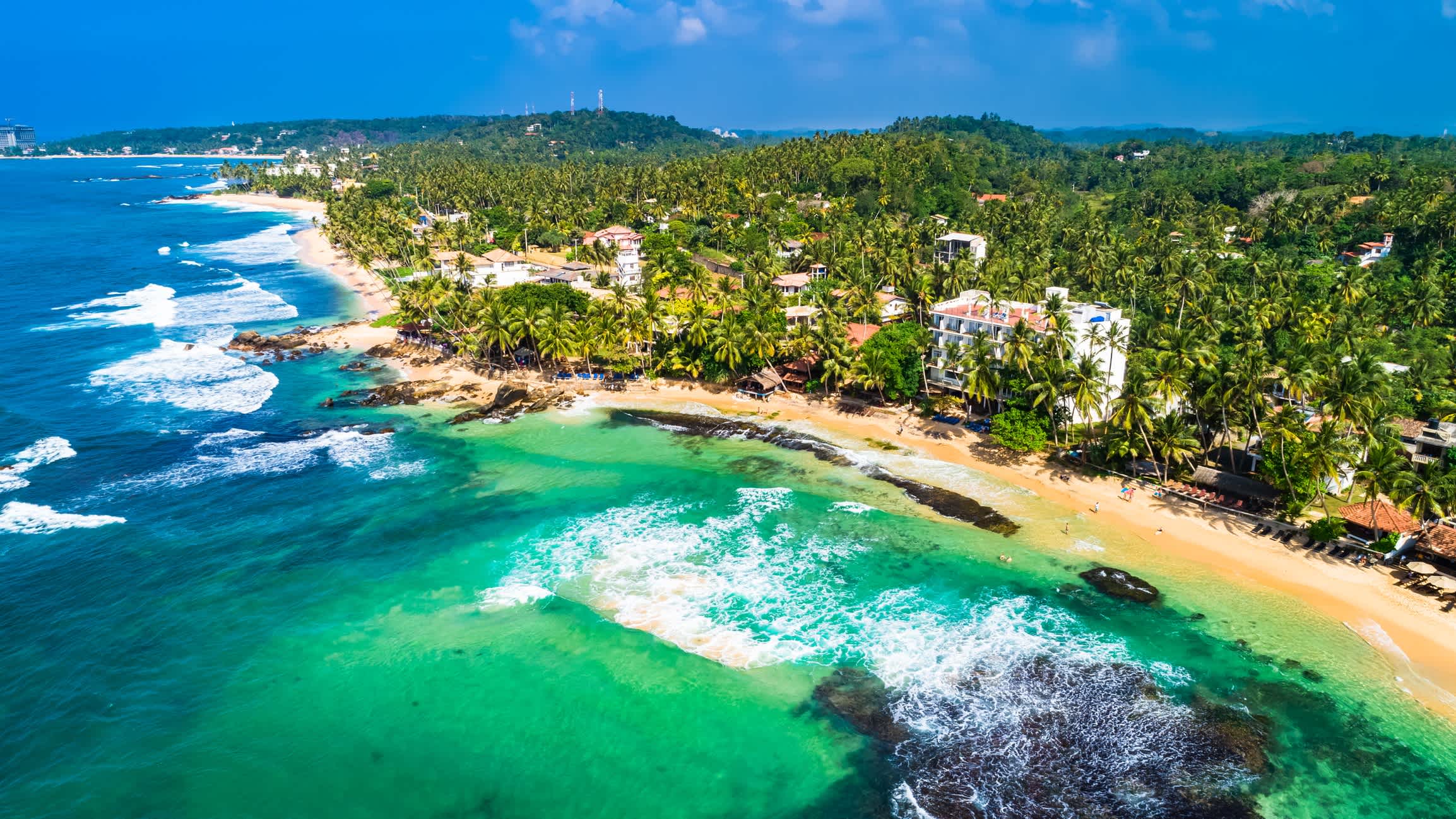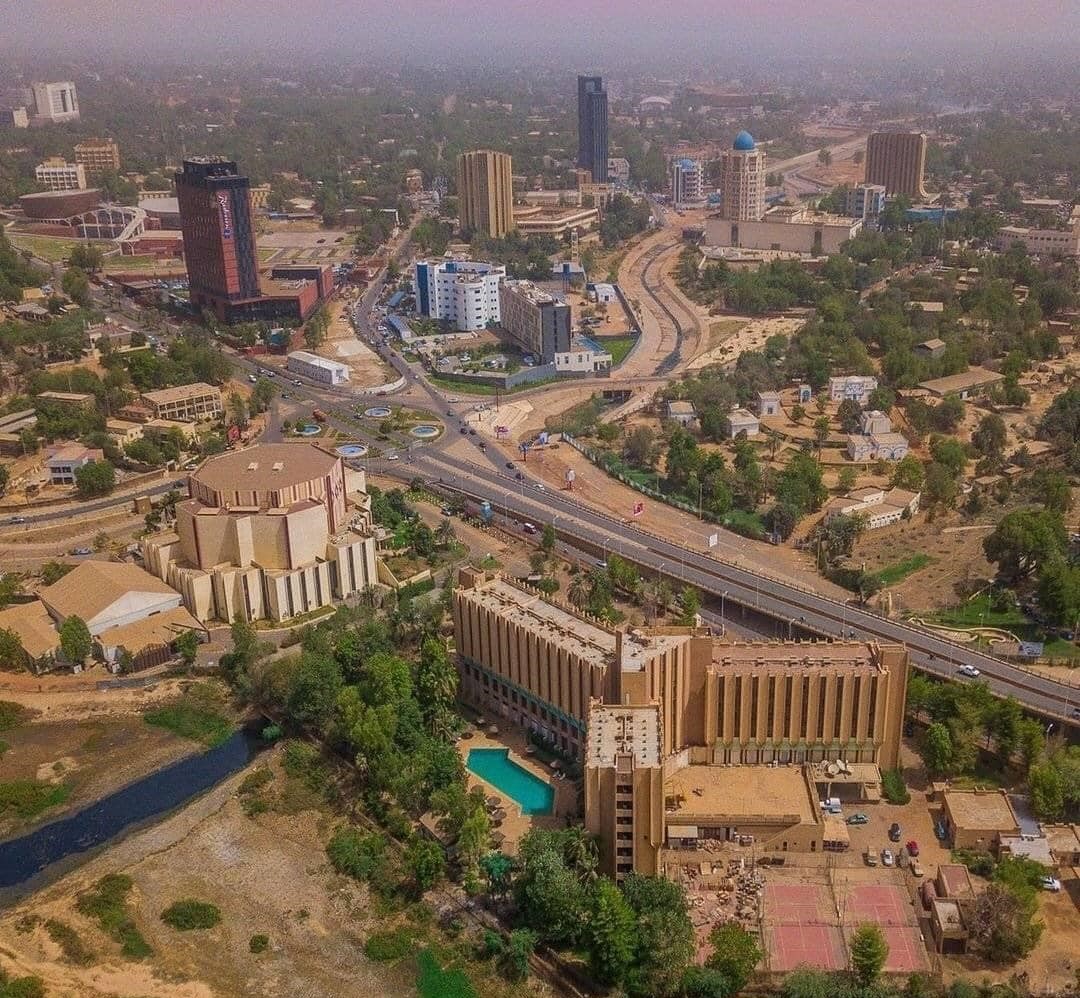
Romania is a country located at the crossroads of Central, Eastern, and Southeastern Europe. It shares borders with Hungary to the west, Serbia to the southwest, Bulgaria to the south, the Black Sea to the southeast, Ukraine to the north and east, and Moldova to the east. The capital and largest city is Bucharest, known for its wide, tree-lined boulevards and the imposing Palace of Parliament, one of the largest buildings in the world.
Romania’s history is rich with diverse influences, including Dacian, Roman, Ottoman, and Austro-Hungarian empires, which have all left their mark on the country’s cultural and architectural heritage. Romania is perhaps best known for the region of Transylvania, with its legends of Dracula and picturesque medieval towns like Brasov and Sibiu amidst the Carpathian Mountains.
The Romanian economy is the largest in Southeastern Europe and is primarily based on services, manufacturing, and agriculture. Key industries include information technology and telecommunications, automotive, and energy.
Culturally, Romania boasts a wealth of traditions, folklore, and arts. It has a strong tradition in literature, classical music, and visual arts. Festivals, museums, and historical sites contribute to Romania’s vibrant cultural scene, attracting tourists interested in its history and natural landscapes, which include the Danube Delta, Black Sea resorts, and the Carpathian Mountains. Despite challenges like economic disparity and political issues, Romania continues to grow and develop, playing an active role in European and international affairs.
What’s the public’s verdict? Share your thoughts and discuss below!
